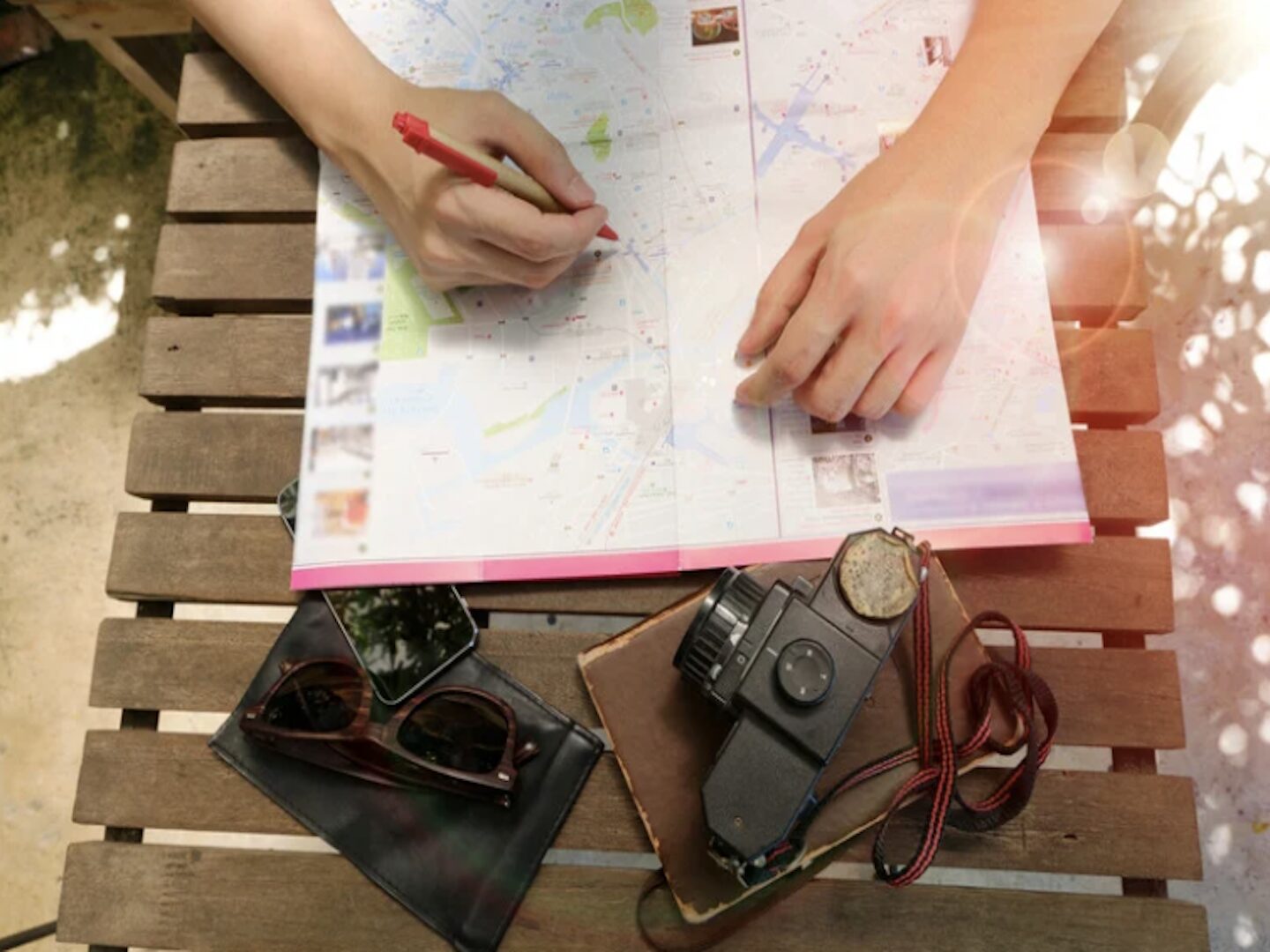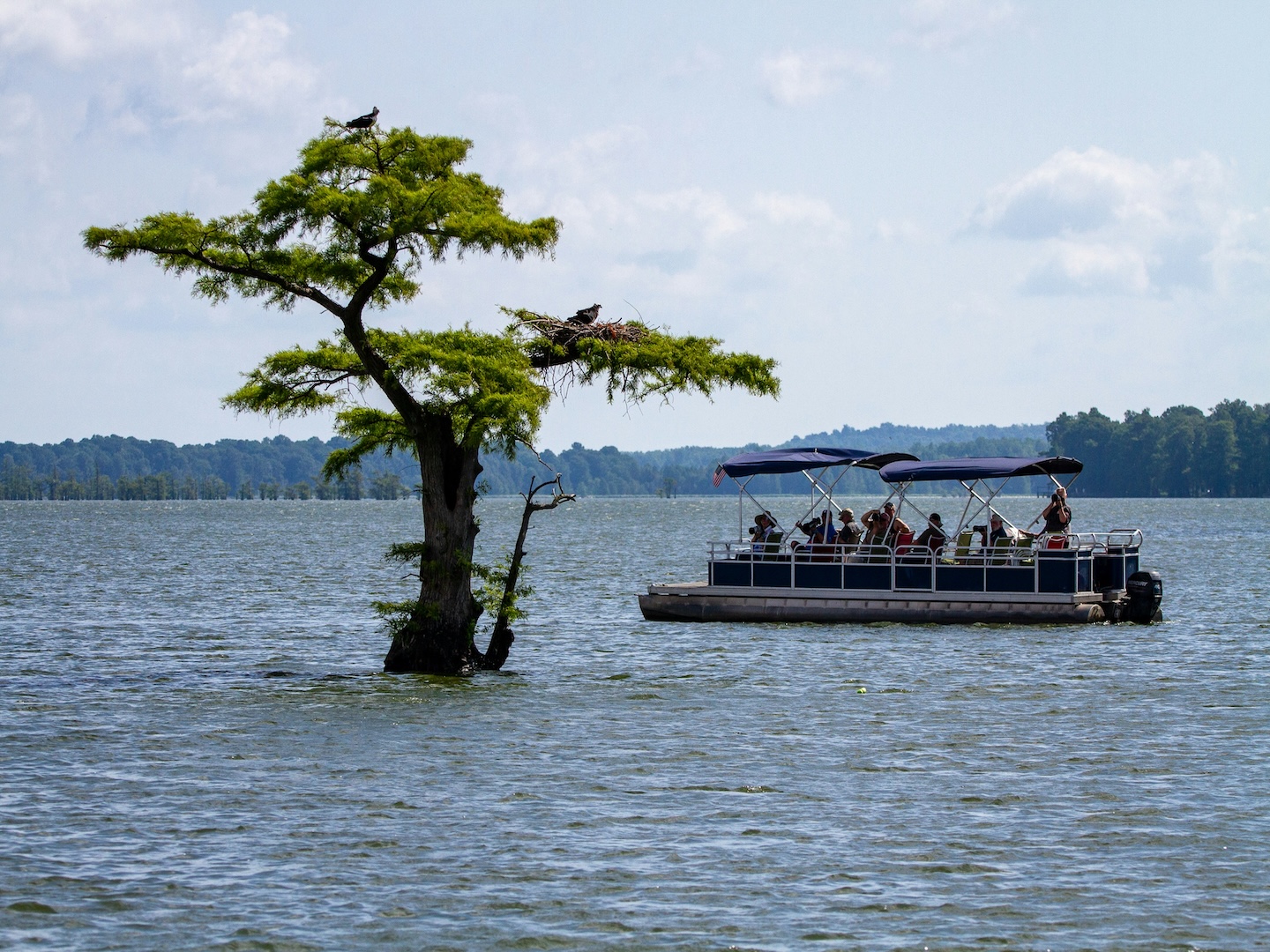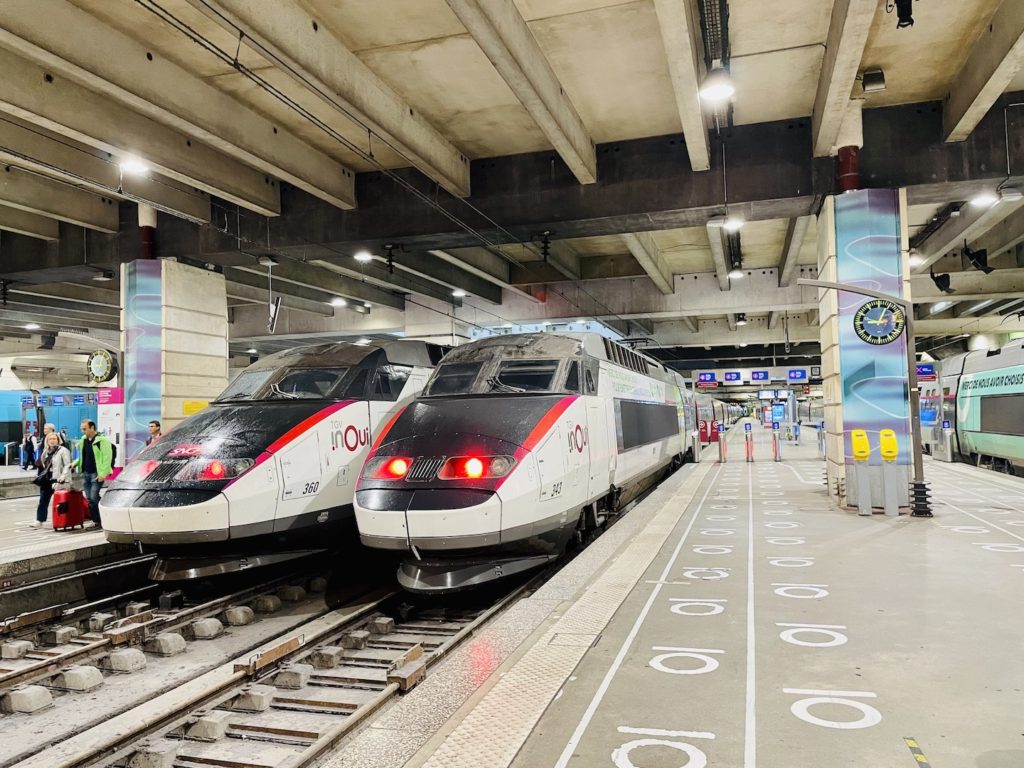Planning a trip is more than just booking flights and packing a suitcase—it’s about crafting an experience that reflects your interests, travel style, and goals. With so many options available today, from transportation and accommodations to activities and dining, it can feel overwhelming to know where to start. But taking the time to explore all the possibilities can turn an ordinary vacation into something truly extraordinary. Whether you’re dreaming of a relaxing escape, a cultural deep dive, or an off-the-beaten-path adventure, carefully considering your choices ensures you make the most of every moment. Thoughtful trip planning isn’t just practical—it’s the first step in building a journey that’s as rewarding as the destination itself.
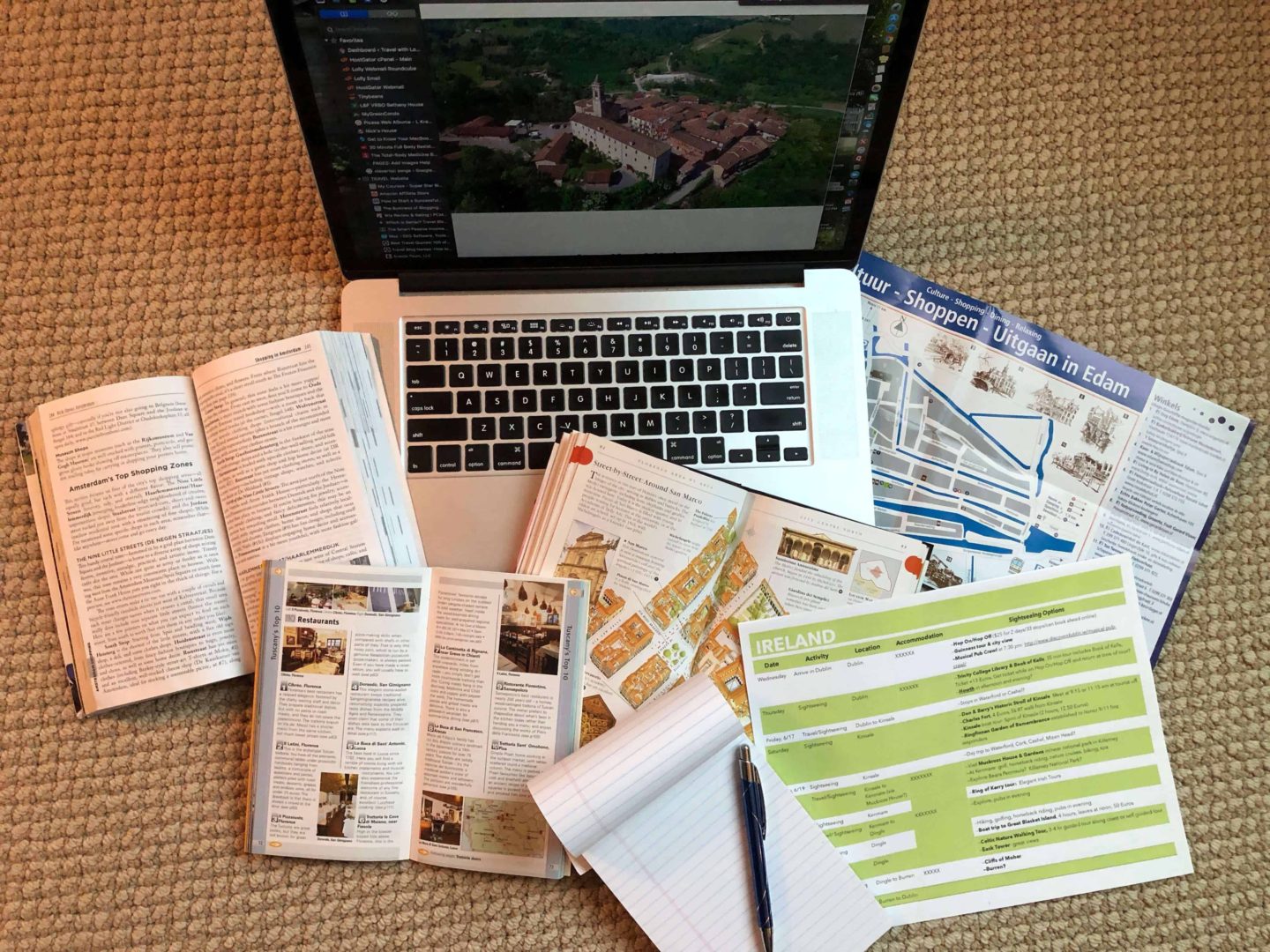
Key Trip Planning Considerations & Resources
When planning a trip, a few key considerations can make all the difference: choosing the right destination, setting a realistic budget, researching transportation options, and finding accommodations that suit your style and needs. Don’t forget to look into local customs, weather, and seasonal events to help fine-tune your itinerary.
1. Decide on Trip Duration and Budget
Time and money may very well be the deciding factors for other trip planning considerations below. It will help frame your trip – how much time you are allotting for the trip and how much you are comfortable spending on it.
If the trip will include others, have a brainstorming session where everyone comes with their wish lists of activities and attractions they want to experience. You could start a shared document (in Google Docs perhaps) or in a trip planning app, so everyone can share ideas easily.
2. Research your Destination(s)
Learn more about all the things to do and see in your chosen location(s). To do this:
- read guidebooks.They often have rich information about the history, culture, popular and off-the-beaten path sites to see, and things to do.
- watch YouTube videos.
- search online for blog posts and articles.
- check out social media. For example, there are Facebook groups dedicated to travel to almost anywhere in the world. This is a space to learn tips from other travelers and to ask questions.
- get word of mouth recommendations. Talk to people you know who has traveled to your targeted destination(s) for ideas and tips.
- take a look online at your destination’s tourism office for additional trip inspiration and to learn of local events, festivals, market days, and unique experiences.
3. Develop a List of “Must-Sees”
Your “must-sees” could includes certain cities, villages, historic sites, natural wonders, museums, amusement parks, and sporting events and music festivals. Distances play a major role, but so do dates and times of festivals, market days, walking tour schedules, museum schedules, sporting events, and so on.

“Must-Sees” on Cruises and Land Tours
On cruises and escorted land tours, you often have a choice of excursions, so realizing what you want to do and see that’s not included in the cruise or tour, and planning for it can make your trip much more meaningful and satisfying.
4. Create a Detailed Itinerary
Begin developing a daily itinerary with the dates, destinations, what you plan to do and see. Then, add specifics as you progress with deciding on transportation and accommodations. Sometimes you need to juggle the number of days in a place if you have too many “must sees” and need another day to make everything work out comfortably. Beginning an itinerary early on will help you decide on the next several items: transportation and accommodations. Please read my article, Design Perfect Trip Itineraries — On Your Own or with AI, for a step-by-step guide to building itineraries.
Map it Out!
Online or paper maps (and some trip-planning apps) can help fine-tune plans. Figuring out travel times (e.g., walking, driving, flying) between destinations is important so you know if your itinerary is reasonable. Pad the daily schedule with some downtime to have a break and enjoy your time away.
Key Itinerary Headings
To get started on building an itinerary, consider these headings:
- Date (day of week and date),
- Day (1, 2, 3, etc),
- Location/Destination (includes links to accommodations), and
- Activity (things we want to see and do – with links for each stop along the way).
Note that having the day of the week (Sunday, Monday, and so on) in the itinerary is sometimes critical as many museums and some restaurants and attractions are closed on certain days of the week. For instance, if you planned to visit a museum on Day 4 but then realized it was a Monday when the museum you planned to visit is closed, you’d need to adjust days and activities.
5. Decide on and Book Required Transportation
Will you transport yourself by car, plane, train, ferry, and/or rental car? Make reservations for planes and rental cars as soon as your itinerary is set. This can be 6+ months in advance of your trip. You can often schedule your train and ferry rides closer to departure, usually up to 2-4 months ahead, so check with the transportation provider. The key is to book what you can far before your trip to ensure you get what you want when you want! For instance, rental cars in Europe often come with a manual transmission, so if you want an automatic transmission, it’s prudent to reserve early.
If planning to fly to your destination, you can book round-trip, one-way, and multi-city flights. Multi-city reservations allow you to have one reservation for airfare to/from multiple cities and can often result in cost savings.
If planning a domestic road trip, please read my article, Best Tips for Planning the Perfect Road Trip.
Add transportation details to your itinerary.
6. Book your Accommodations
There are so many options, and each has its allure. Choose what appeals to you best, and consider proximity to your “must-see” sites.
B&Bs and Inns
B&Bs are usually smaller places with fewer rooms than hotels, but can come with charm and personal attention.
Hotels
Hotel chains offer consistent quality and amenities and are often situated in city centers. Often, frequent travelers choose this option because their loyalty programs award points for future stays.
Short-term rentals
Staying in a condo, apartment, cabin, or house short-term rental usually offers more space than a guest room at a B&B, inn, or hotel. In condos, apartments, and houses, there are often relaxing sitting/group gathering spaces, a kitchen, and often a washer and dryer – a huge plus when traveling. In larger properties, there are often a variety of attractive indoor and outdoor amenities like game rooms, firepits, outdoor kitchens, and other recreational attractions. Read my article How to Find the Perfect Vacation Home Rentals for more suggestions regarding finding the ideal short-term rental.
Review your intended itinerary and a map to figure out what you can see and do from your accommodation. Maybe instead of packing and moving to another city on a multi-city trip, you could take a day trip there and then return to your accommodation. Some tour companies have day trips to popular destinations and can pick you up at your B&B, inn, hotel or short-term rental.
Add accommodation details and links to your itinerary.
7. Take Care of Trip Details
Once the itinerary, transportation, and lodging reservations are made, it’s time to dig into the details like reservations for activities, museums, restaurants, and the like. Using an online review site like TripAdvisor might be helpful for up-to-date information and reviews from people who have visited the sites.
For more specifics on what to do when planning a trip, please read my article, Travel Planning Timeline: the Ultimate Countdown Checklist, which has a step-by-step guide on travel planning essentials.
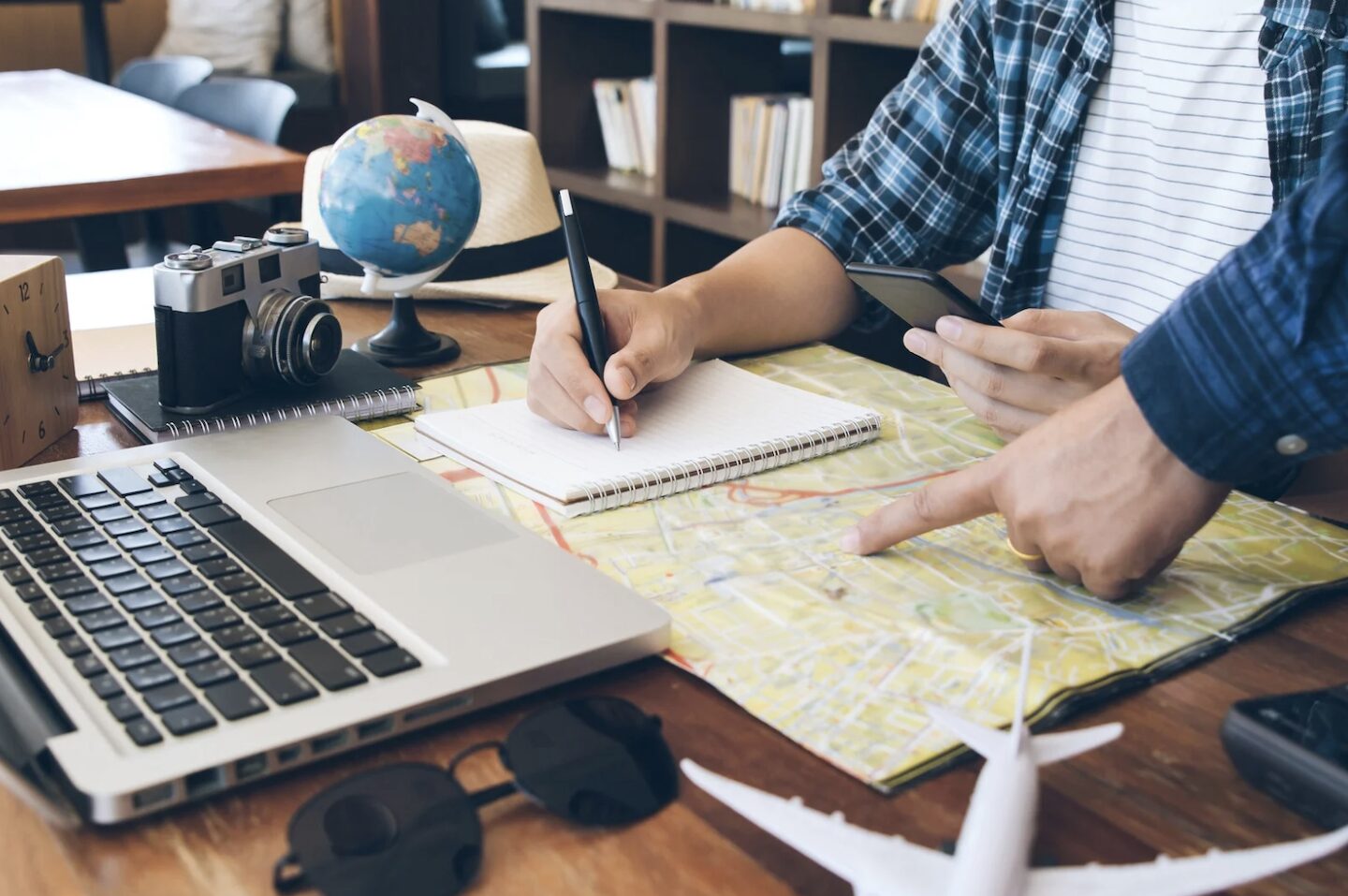
Related Articles: Trip Planning
- Design Perfect Trip Itineraries — On Your Own or with AI
- Driving in Europe: What You Need to Know
- Expert Tips for Traveling to Europe for More Fun, Less Stress
- How to Find the Perfect Vacation Rental
- Renting a Car in Europe
- Stay Powered Up: A Traveler’s Guide to Power Banks
- Travel Lightly: Top Ten Tips to Pack for Your Next Trip
- Trip Planning Timeline: the Ultimate Travel Countdown Checklist
Final Thoughts
Taking the time to thoughtfully consider all your options when planning a trip can make the difference between a stressful getaway and a truly memorable experience. By researching destinations, comparing accommodations, evaluating transportation, and exploring unique activities, you set yourself up for a smoother, more enjoyable journey. Careful planning allows you to make the most of your time and budget while uncovering hidden gems and experiences that align with your interests. In the end, a well-planned trip offers not only peace of mind but also the freedom to fully immerse yourself in the adventure.
Comments?
Please share your suggestions for planning trips. What planning system works best for you? Your thoughts can help other travelers. Thanks! 🙂

